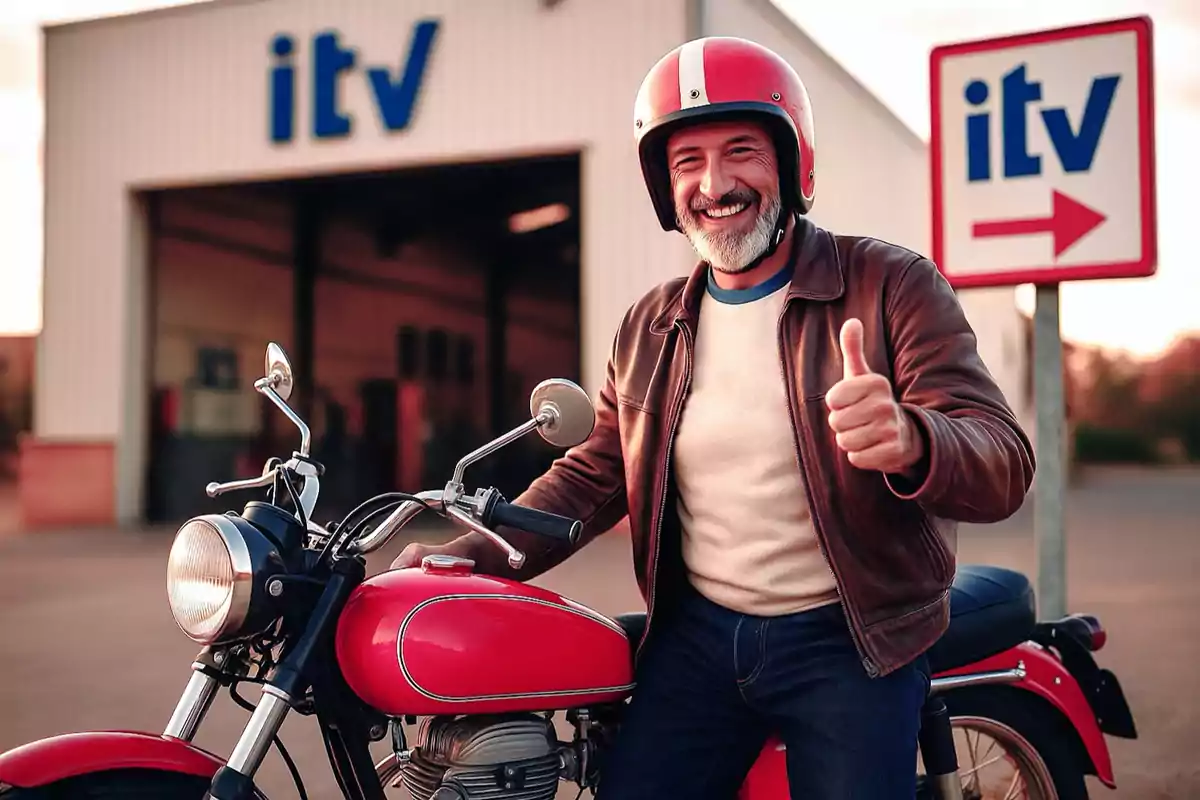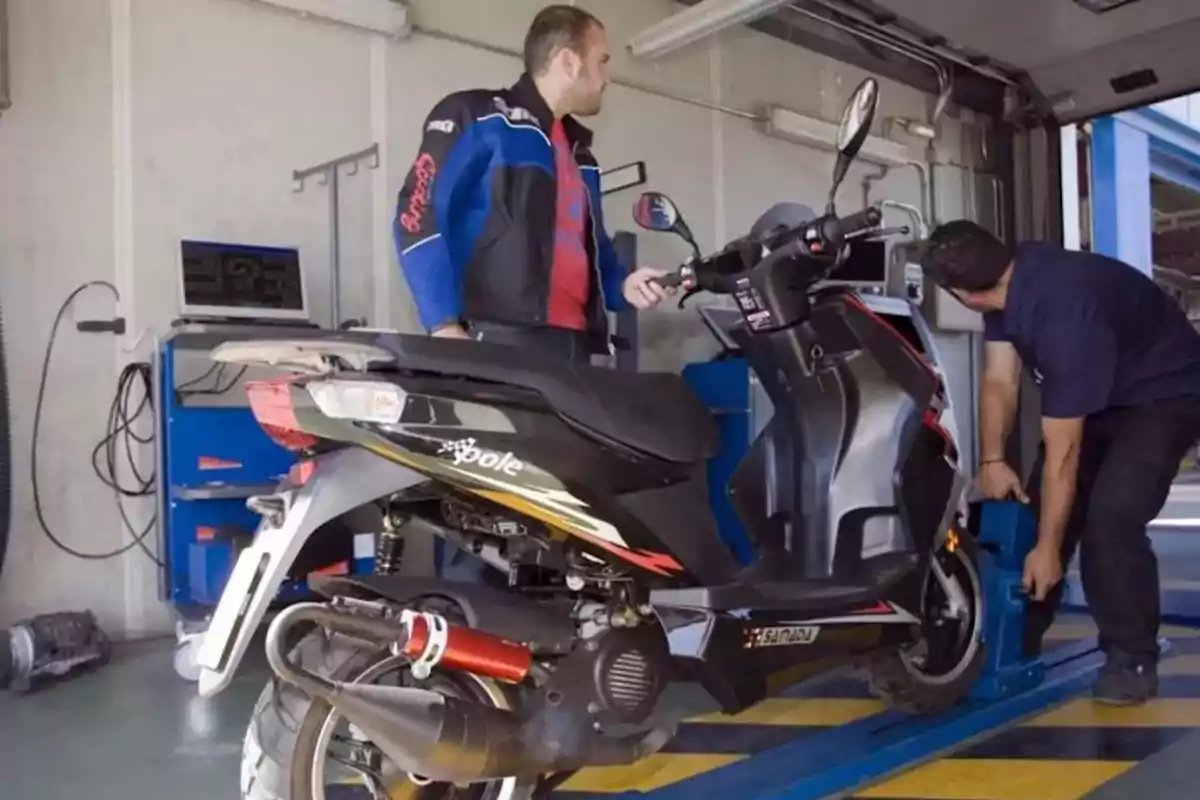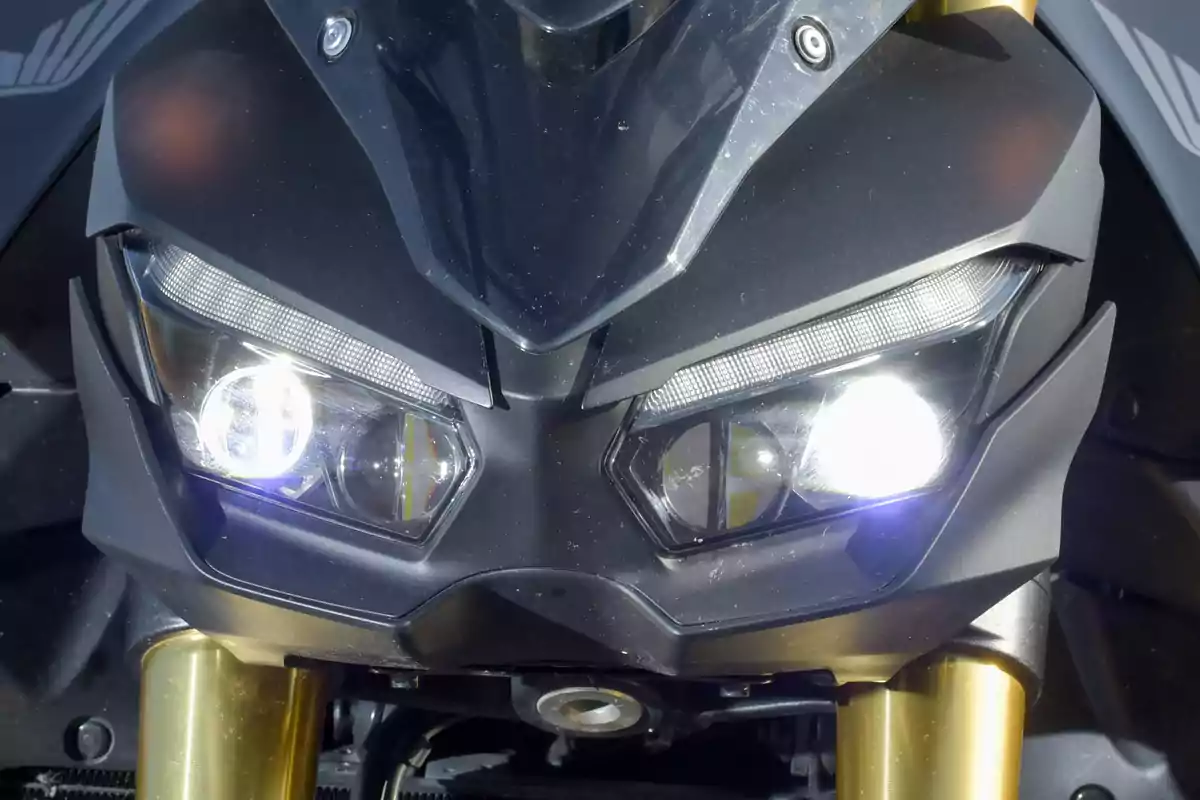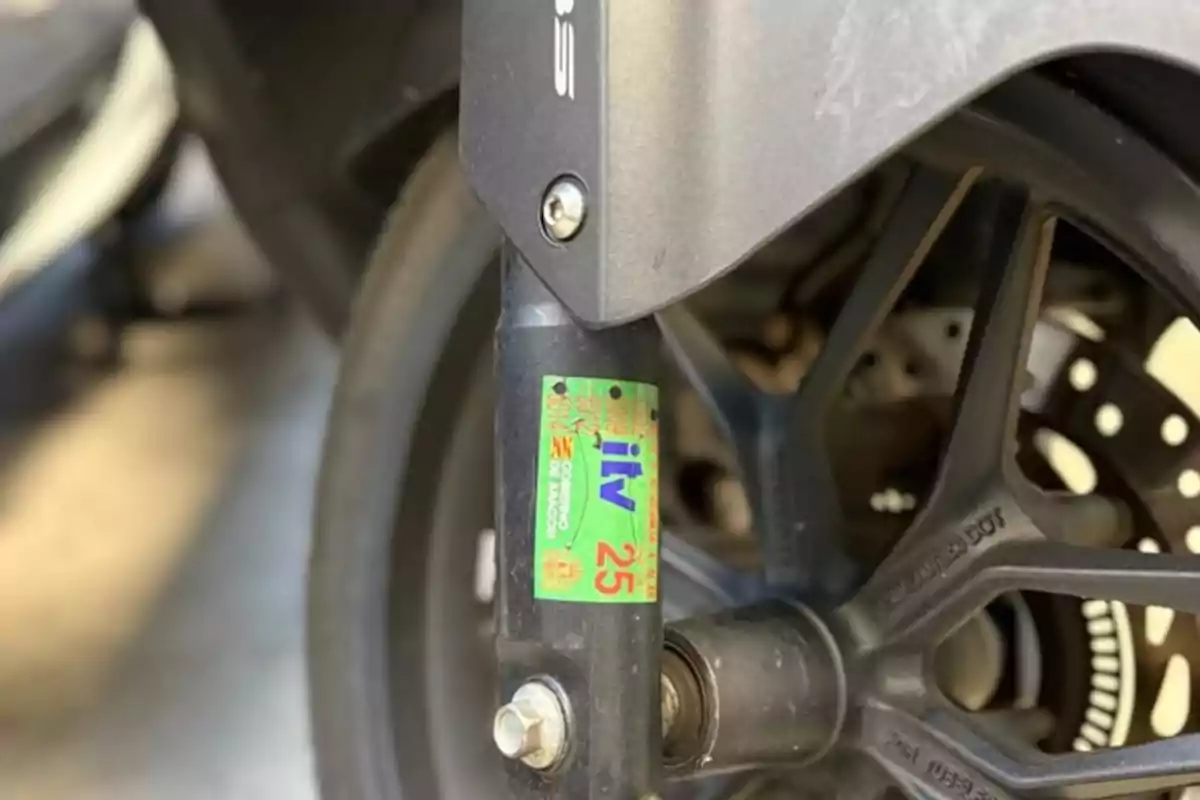
4 tips to avoid failing your motorcycle's vehicle inspection: don't take any chances
Many motorcycles do not pass the vehicle inspection due to details that could have been avoided with a simple prior check
Many times they're just oversights. Small mistakes that you know shouldn't happen. But they show up anyway.
The good news is that those details usually repeat themselves. If you keep them in mind before you go, you'll save time, money, and a return trip.
Prices, deals, technical sheets, and images of all motorcycles and scooters for the A2 license
Here are some key points to check before going to the ITV so you don't fail your motorcycle inspection.
1. Tires in poor condition or not approved
It's one of the most common failures. Many motorcyclists don't check the condition of their tires before going to the ITV and end up with a failure due to wear, lack of tread, or incorrect dimensions.

The minimum legal tread is 0.06 in. (1.6 mm), but if the rubber is hardened or expired, that can also be a reason for rejection. Attention: if you've changed the tire size or the type of carcass (radial vs. diagonal), make sure they're approved for your model.
2. Lighting and signaling
Another frequent failure point is the lights. The ITV for a motorcycle is strict with the entire lighting system: front headlight, brake light, turn signals, license plate, and rear light. Remember; it must have reflectors
In addition, they must work with the correct intensity and be properly secured. If you have small, non-approved turn signals or tinted lights, you could have problems.

The turn signals must operate at a specific frequency. If you've replaced them with LED ones, you may need to install relays or other devices to regulate that cadence.
It's also important to check that the horn works and that the speedometer functions.
3. Exhaust not approved or with modifications
Many failures in the motorcycle ITV are due to non-original or modified exhausts. If you have an exhaust different from the stock one, it must have visible CE approval. It will be found on the silencer body and it must be registered in the motorcycle's technical sheet.

If you've removed the DB-killer or the system is louder than allowed, you could go home with a "not approved". Even original exhausts can cause problems if they have leaks or are very deteriorated.
4. Leaks, play, and strange noises
Although many focus on lights and tires, ITV technicians also check basic mechanical aspects. Your motorcycle may have an oil leak, a suspension that's losing fluid, or an exhaust that's dripping condensation. In that case, it's very likely you won't pass the inspection.
It's common for them to check for small leaks at the fork seals. These are normal in motorcycles that have been sitting. Clean them, and with some feeler gauges you can correct those leaks from these seals

They also check for play in the steering, wheels, and swingarm. If there are metallic noises, loose parts, or the kickstand doesn't retract properly, they may consider it a serious defect.
That's why it's important to visually inspect the entire motorcycle and pay attention to any abnormal behavior before making an appointment.
ITV motorcycle: small mistakes that are costly
Preparing your motorcycle for the ITV doesn't require major effort. A basic inspection is enough, making sure there are no loose parts, oil leaks, or unapproved modifications.
A quick check before going to the station can prevent a failure, a second appointment, and the added cost. Because sometimes, not passing the ITV isn't a matter of breakdowns, but of oversights.
As a final tip, it might be worthwhile to take your motorcycle to the shop for a pre-ITV check and make sure you pass.
More posts: